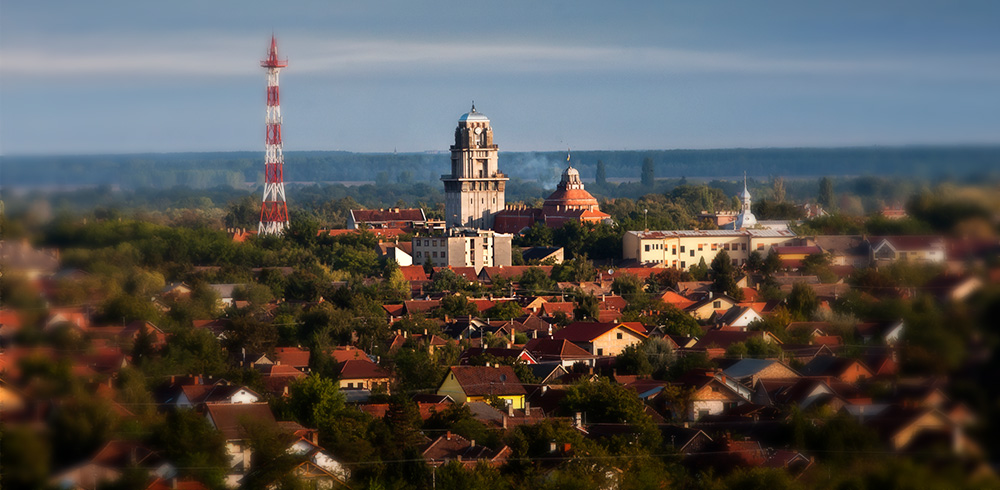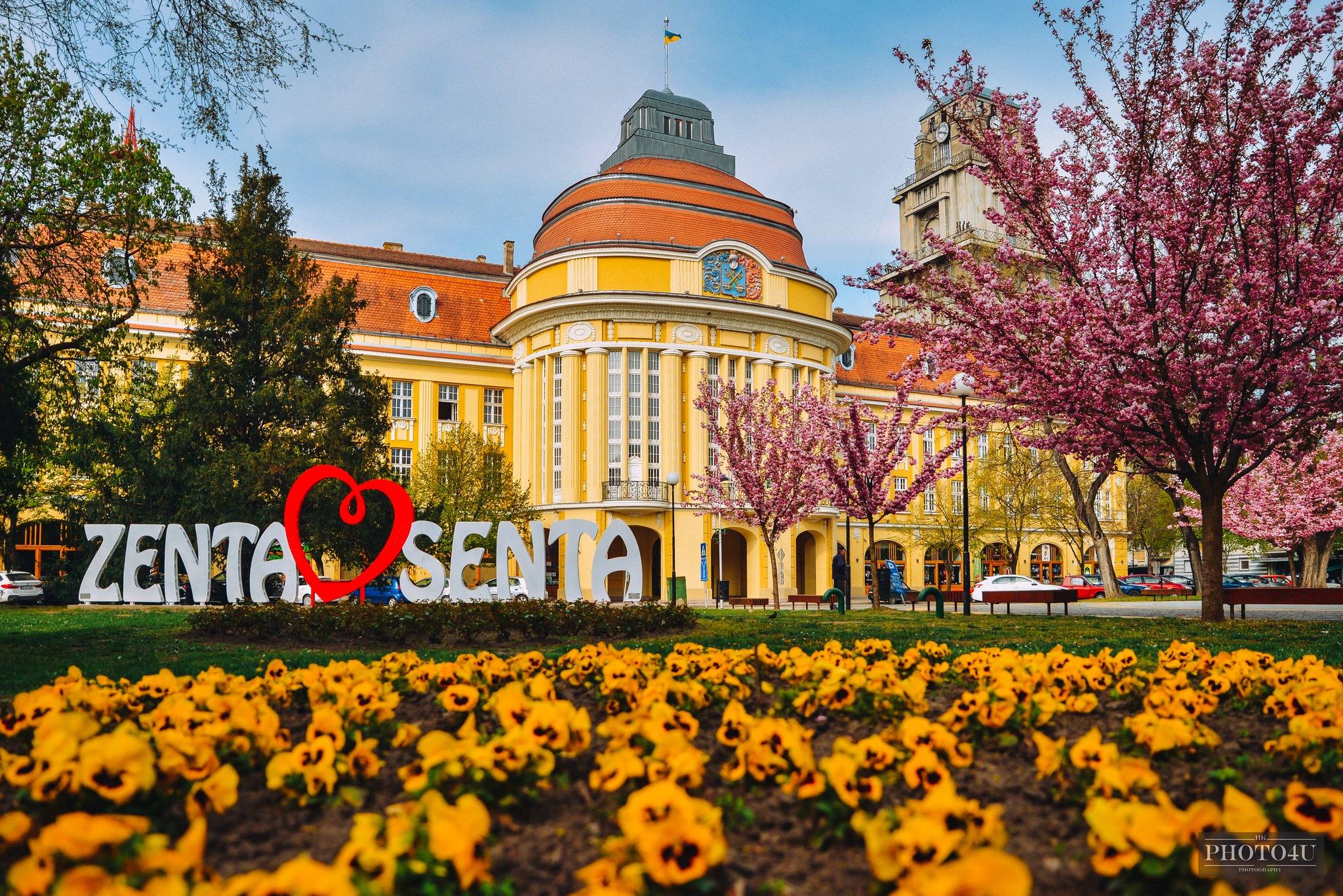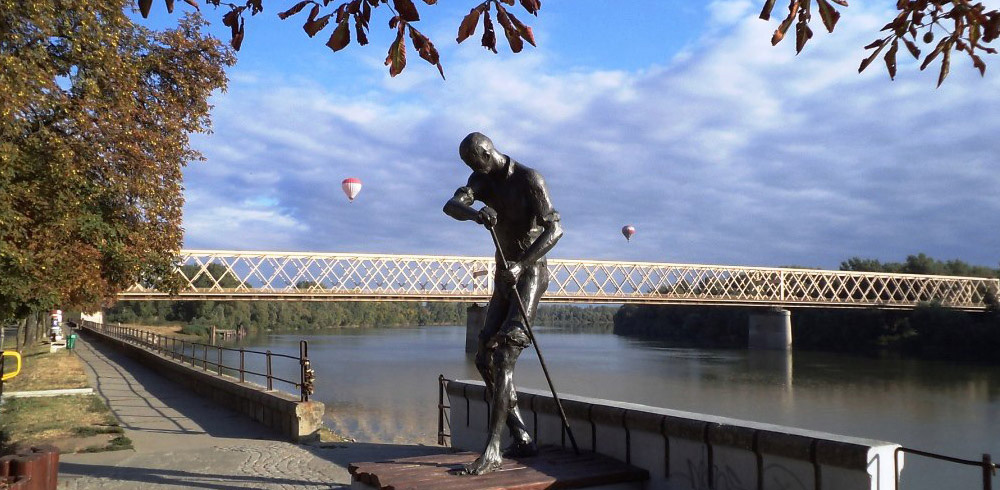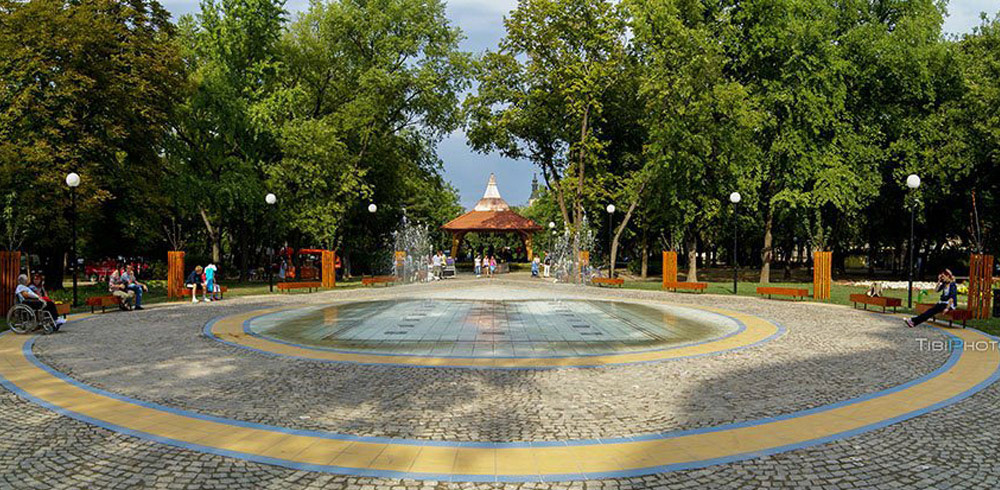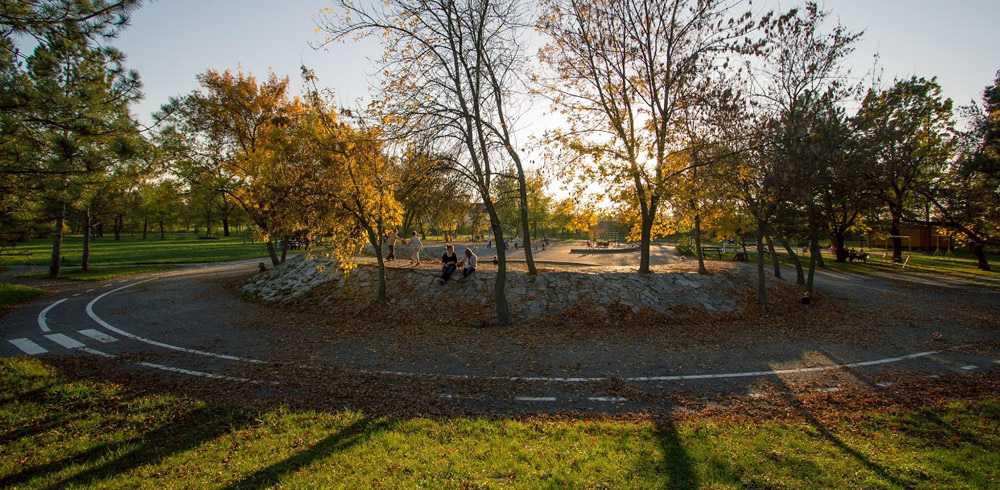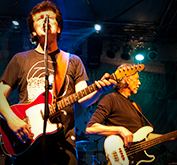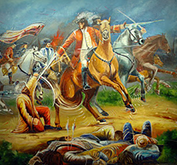The Municipality of Senta is located on the Pannonian Plain, at the Eastern part of Vojvodina. More precisely it lies on the right bank of river Tisa, 42 kilometers south of the Hungarian border. According to the census made in 2011 the town has 24 000 inhabitants on 283.5 km2. There are four settlements under the administration of Senta, which are: Gornji Breg, Bogaraš, Tornjoš and Kevi.

Natural Characteristics
Owing to the natural conditions, the flatland and the good hydrography of the town, transport links work well concerning the region’s urban centers and to the neighboring settlements as well. River Tisa is the longest tributary of the Danube, which flows through the Pannonian Plain. It rises in Ukraine, in the region on Bukovinian Subcarpathians, passing through Hungary, Romania, Slovakia, Serbia (Vojvodina) and at the end flows into the Danube at Stari Slankamen (Old Slankamen means „Salty Rock”.) In Vojvodina Tisa is the border between Bácska (on the right side) and Bánát (on the left side). The river is navigable altogether for 532 kilometers and its 168 kilometers long in Serbia. The Chanel of Bácska links Tisa with the Danube, the Chanel of Bega links it with river Temes. Important towns by the river are Tokaj, Szolnok, Csongrád, Szeged, Senta and Bečej. Besides that Senta is surrounded by fertile ploughland and endless flatland, which is really a unique Pannonian Plain experience. This characteristic Pannonian lifestyle makes Senta an ideal place for resting and relaxing.
Owing to its geographical position, Senta has been inhabited since prehistoric times. The town was mentioned for the first time in a Charter dating from 1216. At that time Senta existed as an inhabited settlement with a church and a busy crossing point over the Tisa. After 1224, the periphery of Senta, and afterwards the town itself also came under the authority of the Chapter of Buda.
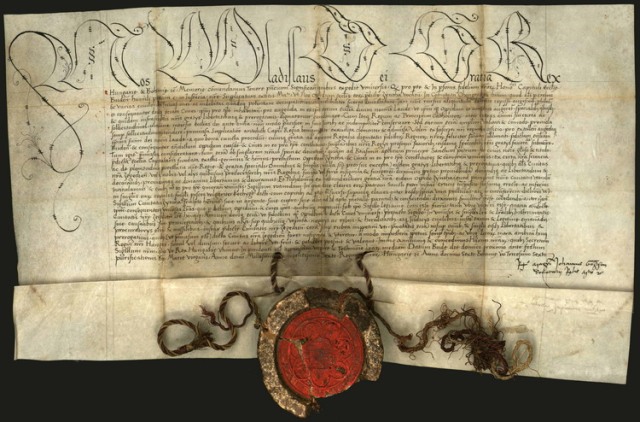
In a historic document dating from 1475 it was mentioned as a market town, and in 1506, Vladislaus II., the King of Bohemia and Hungary, proclaimed Senta a free royal town. In year 1697 on the 11th September, the European Christian Army led by Prince Eugene of Savoy heavily defeated the Ottoman Army near Senta. After the Turks had been banished, the town belonged to the Military Frontier. From 1751 it was part of the privileged Chamber District. In 1861 the Town Council was formed in Senta. The settlement went through a spectacular development in the 19th and at the beginning of the 20th century. The grammar school, many important public buildings and a modern riverside promenade were built, followed by the construction of the first iron bridge. Even today these are the most well-known characteristic features of the town.
The Battle of Senta
In 1697 Turks tried to reconquest the lost territories, but on the 11th of September 1967, the European Christian Army led by Prince Eugene of Savoy heavily defeated the Ottoman Army near Senta. The Monument of the Battle of Senta on the riverside was erected in memory of this significant battle. It is a remarkable historic event for Europe and for the whole Christian World.


